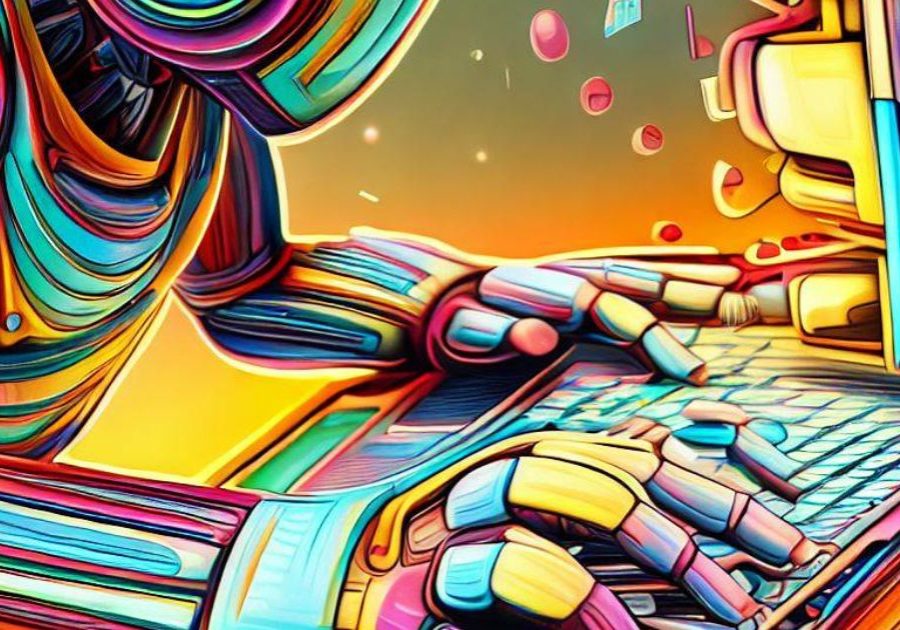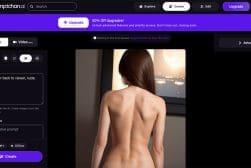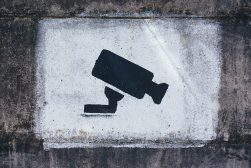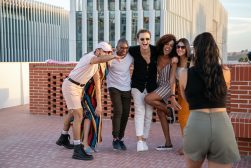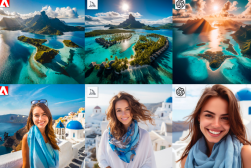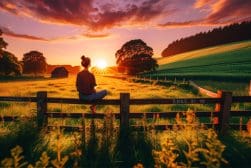Shotkit may earn a commission on affiliate links. Learn more.
In recent years, Artificial Intelligence (AI) has gone from something we would dream about to something very real and powerful.
Now, we’ve seen people winning photo contests with images created with AI, and we even got to see Pope Francis wearing a Balenciaga puffer jacket (which does look pretty cool, I reckon).
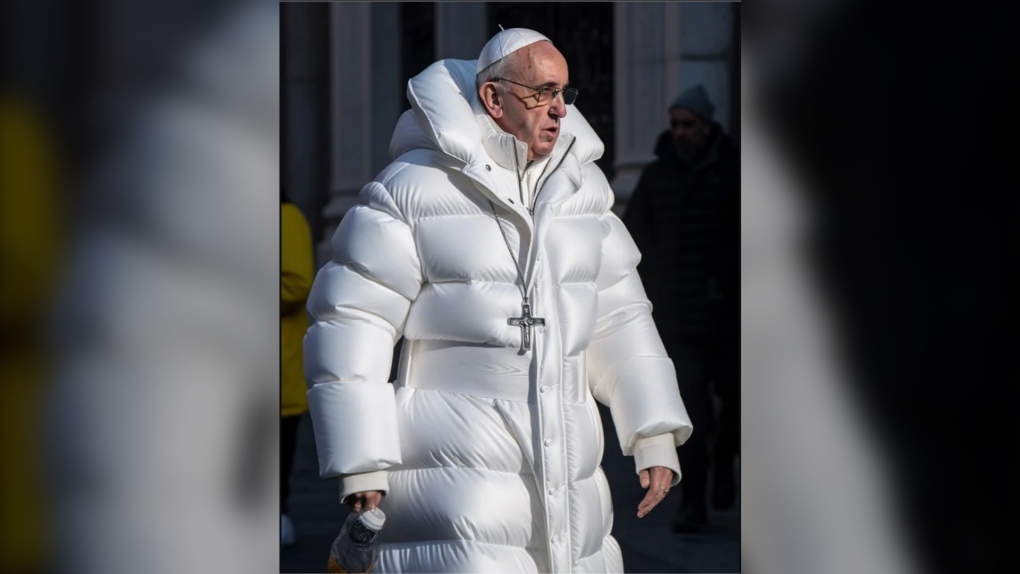
These images were produced by Artificial Intelligence, a technology based on a deep learning software model that can generate text or visual content based on the data it’s been trained on.
Today’s AI-generated images are no longer just drawings but realistic images – as if they were actual photos you took with your camera or cell phone.
Midjourney, DALL-E, and Stable Diffusion are some of these tools that have appeared in recent years and are capable of generating images realistic enough to fool the human eye. (Here are the best and most popular AI image-generation tools.)
With images becoming more and more realistic, one question being asked is the ethics of using these tools to create them. For this reason, counter-tools have appeared that analyze images to find out if they were made by AI or not.
Are these tools any good at determining whether an image is AI-generated or photographed? How easy are they to fool?
Keep reading.
Is Using AI Stealing From Artists?
“AI art”, as images created from prompts have come to be known, can take many forms, from realistic photographs to abstract art. The final result can fool anyone into thinking it was created by a person.
They may have been “created by someone,” though through text commands. But the result won’t just be an idealization of your ideas, because this software is pre-trained with lots of data from the most diverse artists around the world.
Meaning that even though you created the prompt, these software tools are really learning from what other artists have created.
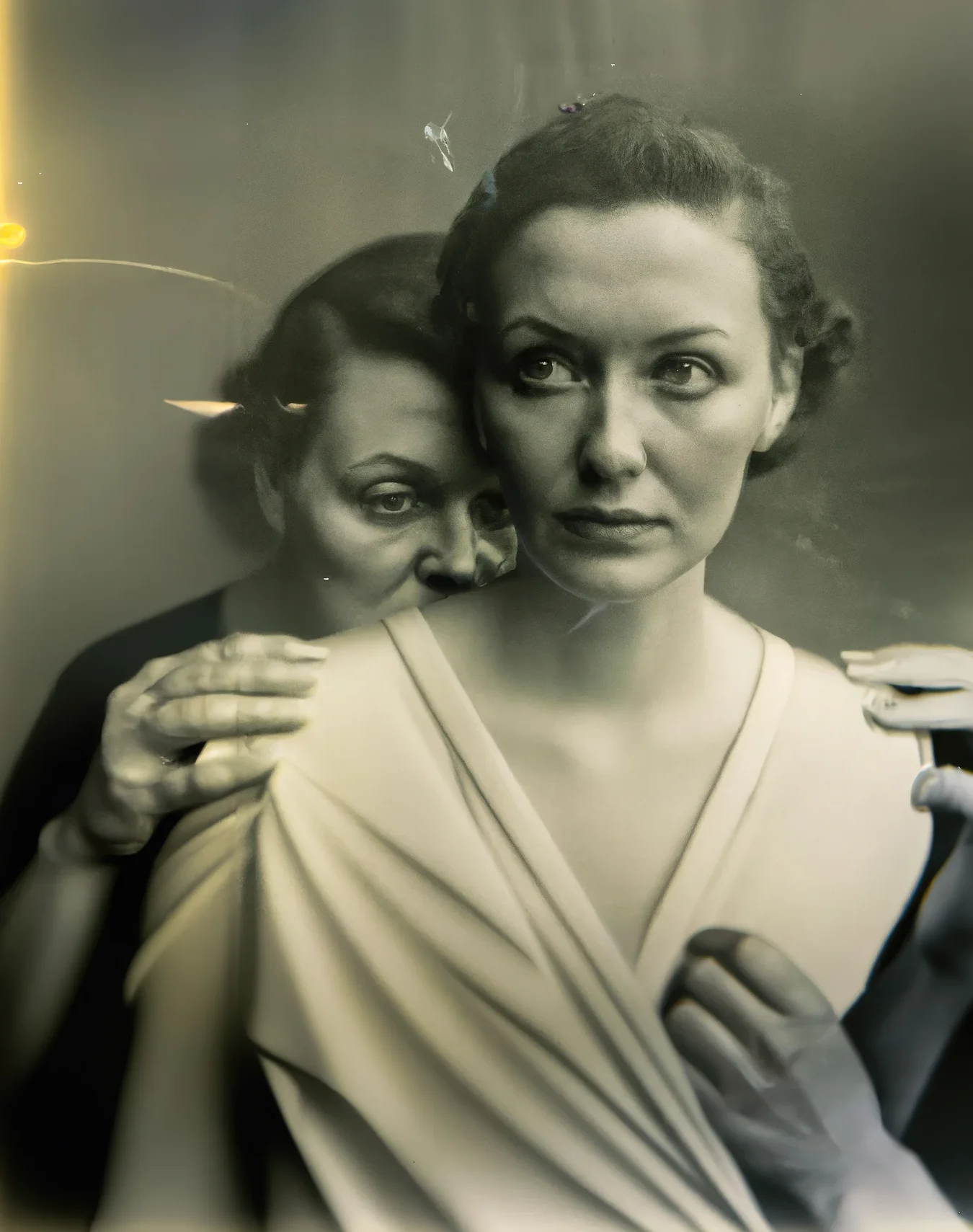
Photo: Boris Eldagsen / This image took first place in the Sony World Photography Awards. This image wasn’t a photograph, but an AI-generated image created using DALL-E 2.
The AIs use this data as a basis to create their ideas. They draw on the “looks and ideas” of other artists to arrive at the final result of your prompt.
This has caused some discussion among artists and critics.
There are artists who think that these AI-generated “fake artworks” are not fair to the real artists who have their work used to teach these AIs. They argue that this devalues human artists by implying that their work is something simple to do.
And a very common question is whether or not Artificial Intelligence makes artists lazier and less creative, when creation is just a click away.
Other artists support AI as a new form of expression, inspiring and challenging artists. For these artists, Artificial Intelligence is not a threat, but a tool that can enhance human creativity and collaboration.
- Related: 16 Incredible AI Photo Tools
Artists who endorse this software argue that AI art is not 100% autonomous, but relies on human input, guidance, and interpretation to create more detailed prompts.
This is a question that still generates much debate.
How Do AI Image Detectors Work?
AI detectors, both paid and free versions, are designed to detect imperceptible markers in AI-generated images.
They look for unusual patterns in the arrangement of pixels, including their sharpness and contrast. These signals tend to be generated when AI programs create images.
However, some detectors ignore the contexts that the images present. An example of this was the NY Times‘ test of these AI image detectors. Some of these programs were unable to detect the falsity of the image showing Elon Musk kissing a robot.
How Good are AI Art Detector Tools?
Many of the companies behind AI detectors recognize that their tools are not perfect and have therefore warned of a technological race. While AI programs develop more and more every day, AI detectors have to try to catch up with AI updates.
With every new improvement in Artificial Intelligence generators, the digital artists who use AI start to develop better prompts, making it harder for the detectors that do the work of analyzing the images generated.
Generators are designed to fool detectors.
Sometimes, detectors fail even when an image is obviously fake. They tend to struggle with images that are altered from their real format or are of poor quality.
AI generators create photorealistic works of art with millions of pixels, each containing clues to their origins.
But by distorting/modifying the image, resizing it, or lowering the resolution, you alter those pixels, and that digital signal, which was in the pixels, disappears.
The chatonai.org website has tested some of these AI image detectors, and I bring you the results they obtained. They used RAW and edited images for the test.

from: CHATGPT FOR SEARCH ENGINES
Now what?
We know that these tools are not 100% accurate in telling whether an image is made by AI or not, but what about in the future? Will there come a time when detectors will be totally accurate?
This is a very difficult question to answer because, as we said above, as detectors improve, so do AI Generative programs, making it hard for the AI detectors to keep up.
However, like everything else in life, it’s a question of getting used to it. As AI continues to improve, we will begin to accept it as part of an artist’s creative process, regardless of whether an image is made by Artificial Intelligence or not.
I believe that these tools will help us to be more creative and productive. And I say that as a matter of fact, because I already use AI in my creative process.
Below you can see an authorial work I did with the help of AI.
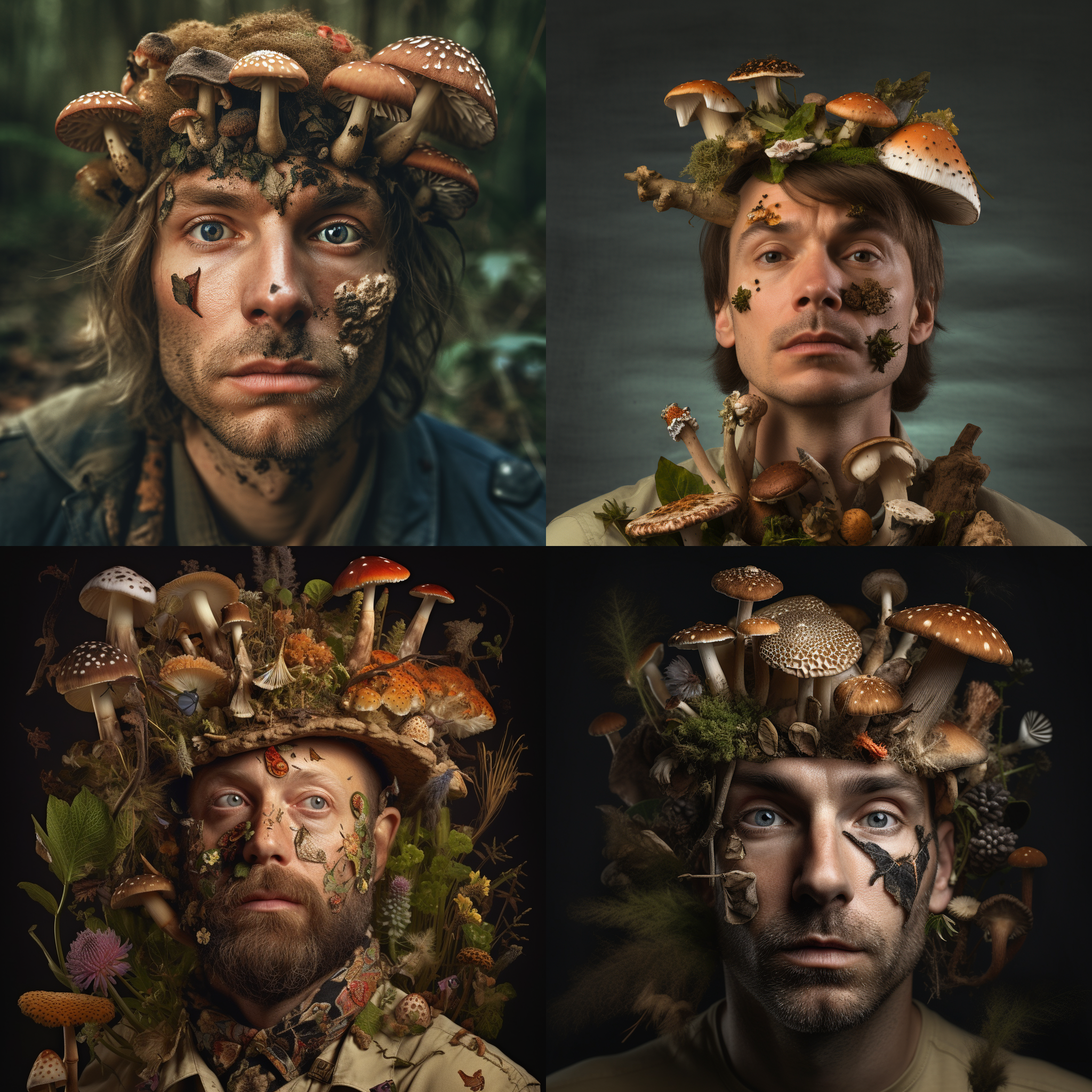
AI-generated image according to my prompt.
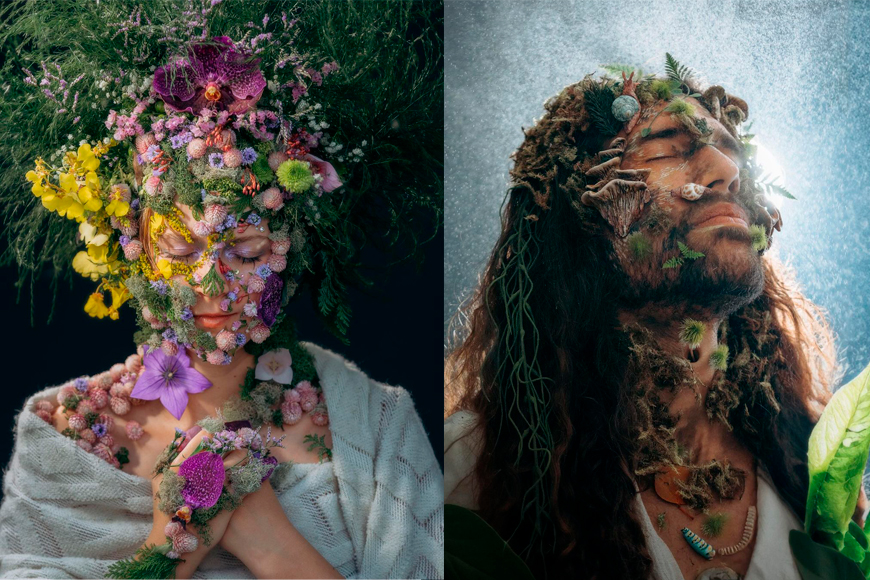
The final result – my photo.
So, I had a vision of what it could look like if humans and nature were one. When I couldn’t find any references online, I used AI to help me draw a first draft, which I later reproduced in the studio.
What are your thoughts about it? Is AI helping or distracting artists?





